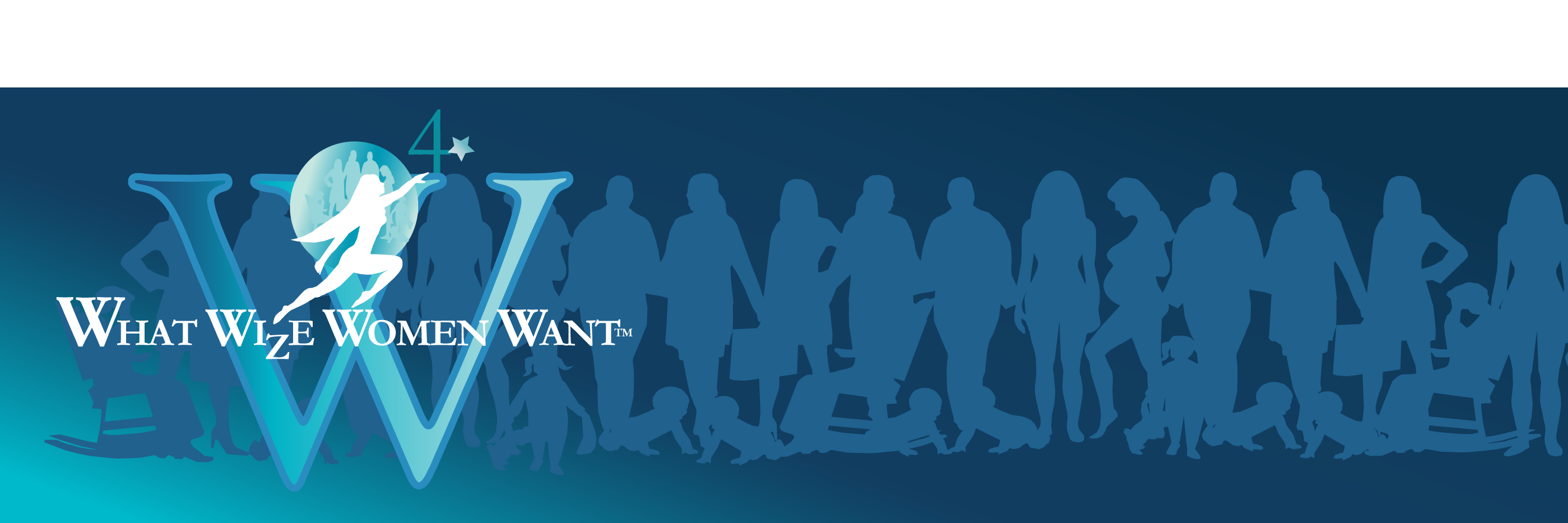 Rudolf Steiner said that the aim of education was not to make all schools into Waldorf Schools but to create a new impulse in education at large so that the Waldorf schools would no longer be necessary. Waldorf graduates have stimulated the growth of “New Age” and/or holistic belief systems. Steiner believed that freedom and unpossessive love are the two practices to be developed by all human beings. His work is holistic methodologies and insights into specific educational practices. This theory maintains that there is a common archetypical ground for art, music, science and religion. The whole is found in every part and the part in every whole. Life is to be experienced as art is experienced- inner experiences expressed through the senses.
Rudolf Steiner said that the aim of education was not to make all schools into Waldorf Schools but to create a new impulse in education at large so that the Waldorf schools would no longer be necessary. Waldorf graduates have stimulated the growth of “New Age” and/or holistic belief systems. Steiner believed that freedom and unpossessive love are the two practices to be developed by all human beings. His work is holistic methodologies and insights into specific educational practices. This theory maintains that there is a common archetypical ground for art, music, science and religion. The whole is found in every part and the part in every whole. Life is to be experienced as art is experienced- inner experiences expressed through the senses.
Steiner believed that if we want to come to an understanding of a living educational form, it must be approached from a variety of perspectives and at more then one level at a time. The movement of the mind is fluid, full of currents and intersections. To ask for consistency from life would be to misunderstand its form. It is ever changing. The science of the interior being is called ‘anthroposophy’ or the knowledge of man. It is a science that integrates the inner and outer worlds. A medical model has been founded based on these principles of anthroposophy.
Human beings are a part of a common physical-spiritual linkage. In order to know ourselves, we must turn the world of perception inside out. Inner development of the child must accompany physical sensory development. This inner development is the education of soul qualities, spiritual qualities, ego strength, differentiation, will, thinking, feeling and breathing.
In the original Steiner schools, teachers and students were nourished and replenished through learning for the sake of learning. The curriculum places heavy emphasis on the writings of Goethe, the study of Theosophy and the experience of the cosmic Christ whose union with the earth marked the turning point of time. Nature and art are fundamentals in this system. Children create their own textbooks with drawings that are full of pastels and light colors. Music and drama are also integral to learning as well as eurhythmy, a movement exercise.
Steiner believed that there was a definite progression of intelligence. Learning is ‘organic’. At each age or stage, certain qualities of the individual manifest and need to be nurtured. Young children are exposed to soft handmade toys such as stuffed creatures and elves and gnomes. Square, sharply angled blocks are replaced with less manufactured forms like strips of cloth, unspun wool fleece and outdoor trees, branches, earth and stones. In comparison to standard schools, classroom objects are very, very simple so as to enable the child’s imagination to develop.
There is a main lesson designed to present a subject in wide scope and depth continued each day and for a number of weeks. This establishes coherency with the subject matter. The ‘block method’ is in contrast to the public school timetable and lasts one to one and a half hours. In the afternoons children do gardening, arts and crafts, eurhythmy and gymnastics and in higher grades more practical work. Although this sounds similar to public curriculums, the atmosphere is very different. There is a feeling of lightness with the lessons both from the perspective of using pastels, on the walls and throughout the schools and from the central core of acknowledging the inherent goodness and movement of youths.
Whatever subject is being presented, it is presented by the teacher devoid of textbook. Children create their own texts. The artwork of Waldorf youths is demonstrates a freedom of expression uncommon to most children of similar age. Art is an integral part of the curriculum at all times because it is the soul expressing itself. (Graffiti is not a problem in Steiner schools!) All children participate in theatrical performances that have meaning and depth relating to life experiences. Youths are exposed to deep issues, philosophies and ideas synonymous to human life and struggle.
A predominant feature of the schools is that if lessons are not achieved by the end of the school year, then they are continued at the beginning of the next because the same teacher progresses through the elementary grades with them. This insures continuity and creates a bonding.
Children learn complimentary functions. For example, all children learn to knit and crochet with tangible results- hat, scarf or purse. From a developmental standpoint, this singular activity enables the learner to develop hand-eye-coordination with focused intent with an intrinsic reward of the item produced. Also, innate in this activity is the ability to grasp writing tools as a natural transference from the crochet hook. Children love these activities because the results of their labors is immediate.
